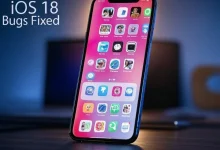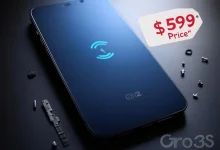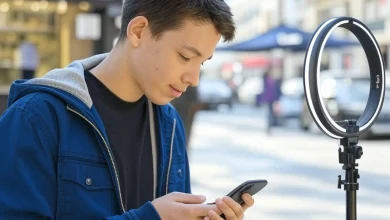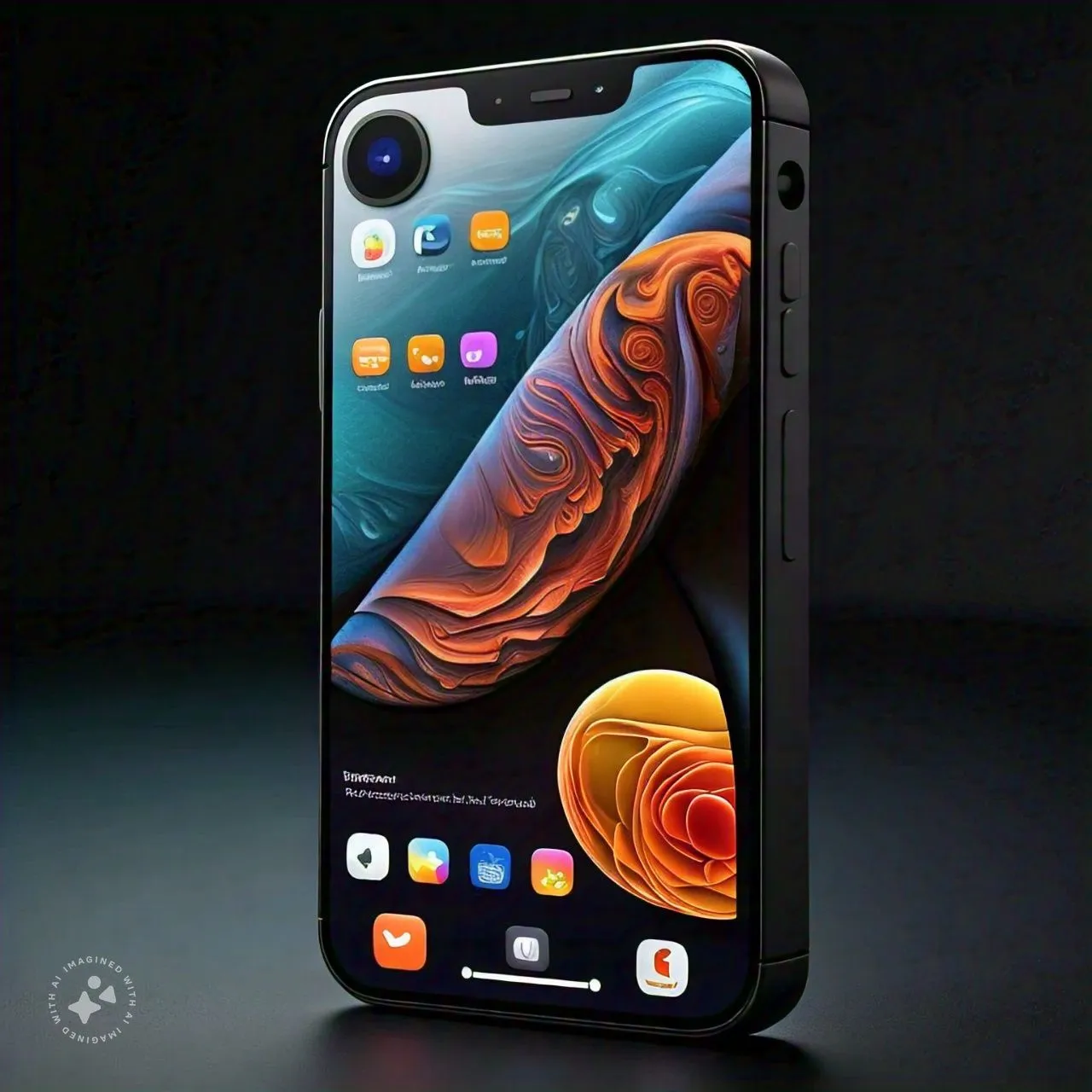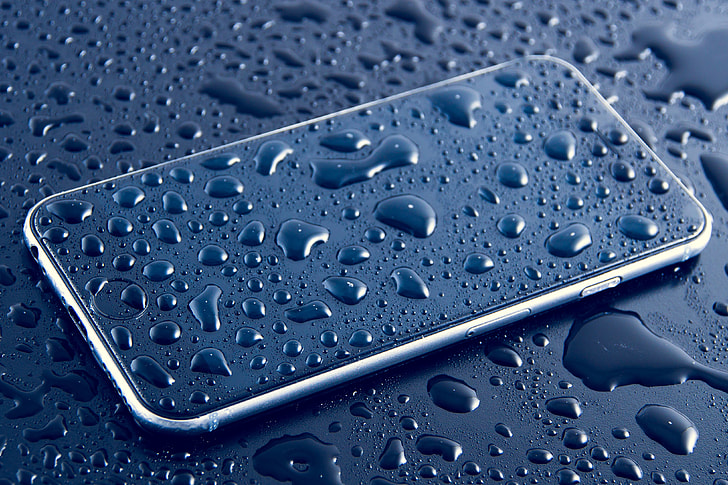
Wet iPhone SOS: Beyond the Rice Trick, Effective Phone Drying Methods
Apple now advises against using uncooked rice to dry out waterlogged iPhones, as it could potentially cause more harm by introducing small particles that may damage the device. This guide says that tests have found out that rice doesn’t suck up water from phones very well. Additionally, Apple cautions against using a hairdryer or inserting absorbent items into the phone’s ports. Instead, they recommend tapping the phone with the charging port facing down and allowing it to dry naturally.
The rice trick likely originated from advice for keeping cameras dry in humid climates, but silica gel packets are a better desiccant than rice. While smartphones have improved water resistance, damage often occurs through the charging port. It’s best to wait for the phone to dry naturally before attempting to charge it.
Before, lots of people used rice to dry wet phones. But now, we should try different ways that work better to save wet phones.
What are some other ways to dry out a wet phone?
When your phone gets wet, there are alternative methods to help dry it out effectively. Here are some reliable approaches:
Silica Gel Packets: These drying agent are often found in new products (like bags and shoes) or even some grocery items (like beef jerky). They are designed to absorb moisture. If you come across silica gel packets, save them for emergencies like this. Alternatively, you can order silica gel packets online1.
Desiccant Alternatives: If you don’t have silica gel packets, consider using other drying agents:
Instant Couscous or Oatmeal: These food items work similarly to rice but may be more effective.
Crystal-Based Cat Litter: Some cat litters are made of absorbent crystals and can help remove moisture.
Synthetic Desiccant Packets: These are available for purchase and serve the same purpose as silica gel2.
Turn Off Your Phone Immediately: As soon as your phone gets wet, power it off within seconds. This prevents water from reaching the circuitry and causing a short circuit.
Dry the Exterior: Use a lint-free towel to dry the outside of the phone thoroughly. Pay close attention to ports, speakers, and microphones. Also, disassemble any removable parts (like the SIM card and battery) and dry them separately.
Zip-Top Storage Bag with Silica Gel: Place your phone and its parts in a zip-top storage bag along with several silica gel packets. Seal the bag and wait patiently for 72 hours. During this time, the desiccants will absorb the moisture.
Remember that even if you successfully revive your phone, there’s a chance that water exposure could lead to long-term corrosion. Additionally, your warranty may be voided due to water indicators inside the phone. So, while these methods can help, prevention is still the best strategy to keep your phone dry and functional!
How can I prevent water damage on my iPhone?
To prevent water damage to your iPhone, follow these guidelines:
Avoid Using Your iPhone in Wet Conditions:
Refrain from using your iPhone in the rain or any other wet environment.
If your iPhone does get wet, dry it off immediately with a soft, absorbent cloth.
Use a Waterproof Case:
If you’re near a pool, lake, or ocean, consider using a waterproof case to protect your iPhone.
Stay Away from Hot Tubs and Saunas:
Avoid using your iPhone in hot tubs or saunas, as excessive heat and moisture can harm the device.
Remember that iPhones have varying levels of water resistance based on their models. Here’s a breakdown:
- IP68 Rating (Maximum Depth of 6 Meters for 30 Minutes):
- iPhone 15, 15 Plus, 15 Pro, 15 Pro Max
- iPhone 14, 14 Plus, 14 Pro, 14 Pro Max
- iPhone 13, 13 mini, 13 Pro, 13 Pro Max
- iPhone 12, 12 mini, 12 Pro, 12 Pro Max
- IP67 Rating (Maximum Depth of 1 Meter for 30 Minutes):
- iPhone SE (2nd generation)
- iPhone XR, X, 8, 8 Plus, 7, 7 Plus
Avoid These Actions to Prevent Liquid Damage:
Swimming or bathing with your iPhone
Exposing your iPhone to pressurized water or high-velocity water (e.g., showering, water skiing)
Using your iPhone in a steam room or sauna
Intentionally submerging your iPhone in water
Operating your iPhone outside recommended temperature ranges or in extremely humid conditions
Dropping your iPhone or subjecting it to other impacts
Disassembling your iPhone like removing screws
Minimize Exposure to Liquids:
Avoid exposing your iPhone to substances like soap, detergent, acids, or acidic foods.
If your iPhone gets dirty with any of these things, just follow the steps to clean it up.
Just so you know, if your iPhone gets damaged by liquids, it might not be covered by the warranty. But don’t worry, you might still have some rights under consumer laws.

